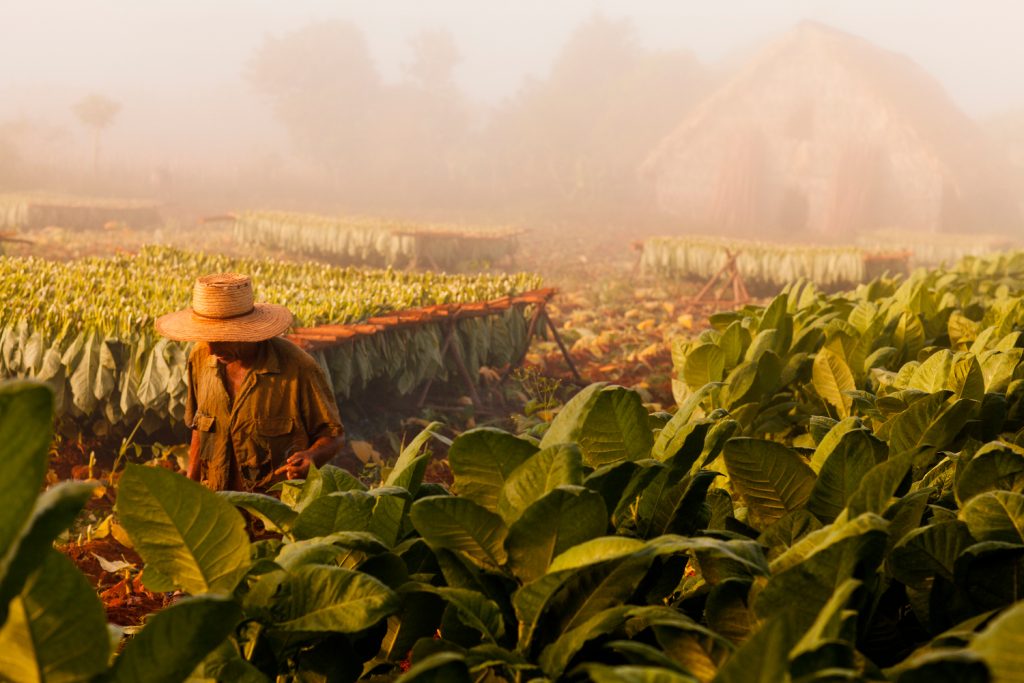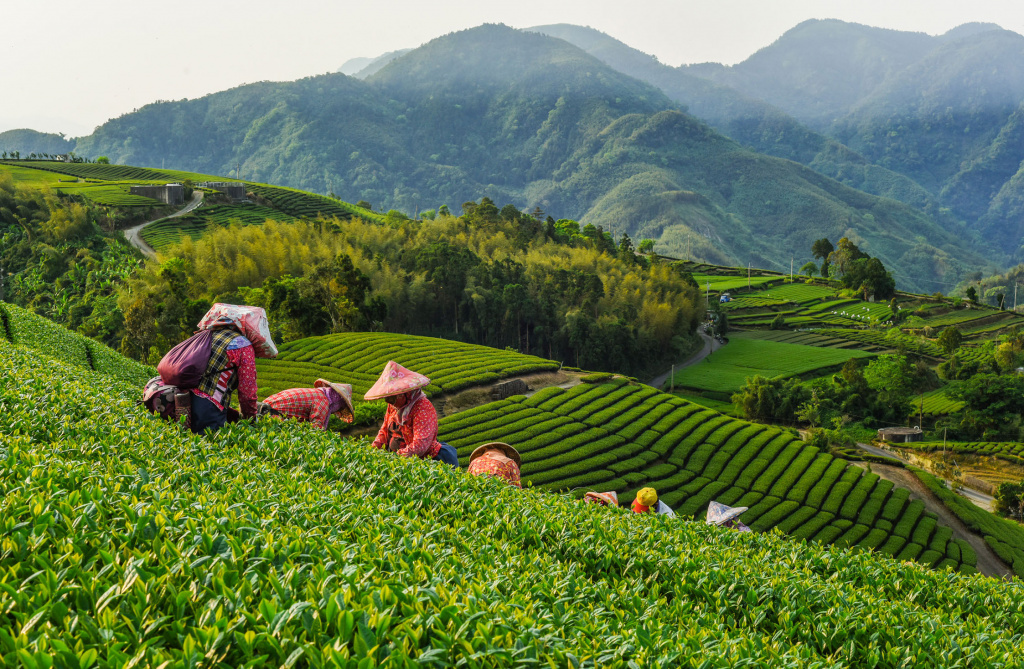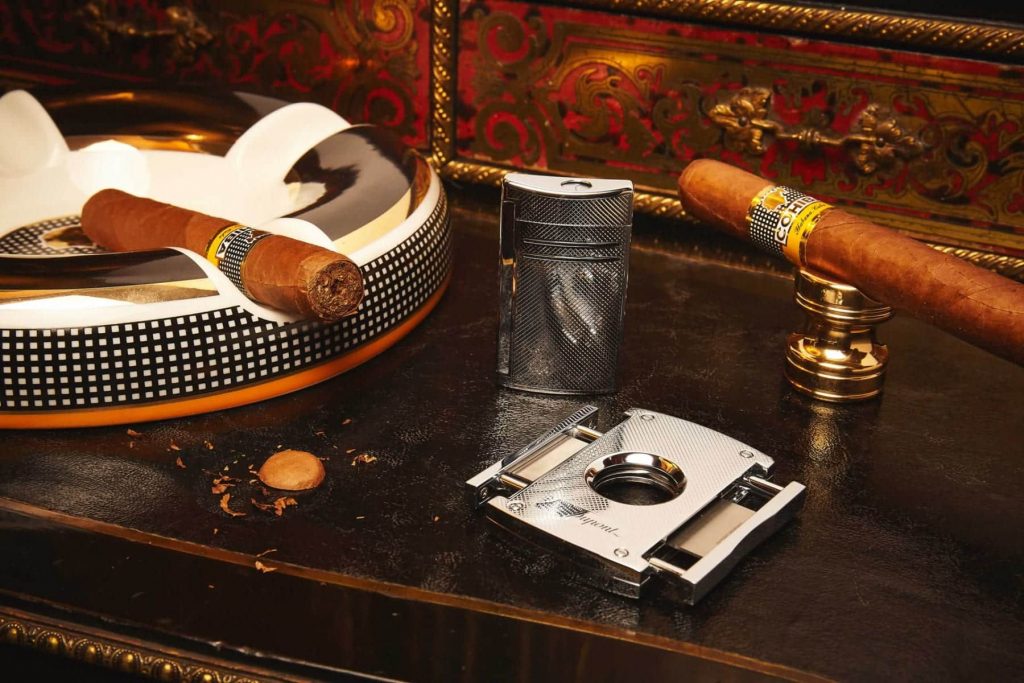Cigar Mexico: tobacco traditions and moving tips from a moving company!
Introduction to the cultural heritage of cigar Mexico

Mexico is a country rich in history, tradition and cultural heritage. With its colorful festivals, flavorful culinary dishes, and diverse arts, the world has long been familiar with it. However, in this mosaic of cultural achievements, few are aware of the significant role cigars play in shaping and preserving Mexican culture.
The history of cigars in Mexico goes back a long way. It is believed that tobacco was discovered and used by local tribes long before the arrival of the Spanish conquerors. Originally, tobacco was used for ritual purposes and as a remedy. However, as a result of contact with Europeans and the influence of colonization, cigar production in Mexico began to flourish and cigars themselves became a symbol of wealth, luxury and social status.
Today, Mexico’s cigars not only continue to be an important element of the local culture, but are also gaining popularity beyond its borders due to their unique flavor and quality. Mexican cigars are known for their variety of varieties, exceptional tobacco quality and unusual flavor characteristics. They are not just a commodity, but a true work of art, an embodiment of local culture and history.
It is important to note that we, as a muling company, tell this story not only because cigars are part of the Mexican cultural heritage. We also want to emphasize that our company cares about every aspect of our clients’ comfortable relocation, including the safety of their personal valuables and items, including cigars. We strive to be careful cultural guides, helping customers to settle into their new environment and learn more about the traditions and customs of the country they are about to move to.
History of Cigars in Mexico: A look at the historical roots of cigar production and consumption in Mexico

The history of cigars in Mexico goes deep into the past and is closely tied to the cultural and economic aspects of the country. It is believed that tobacco was one of the first plants to be cultivated by the indigeneous peoples of Mexico long before the arrival of the Spanish conquerors. The ancient Aztecs used tobacco not only in religious rituals, but also as a medium of exchange, a valuable raw material, and even currency.
According to research, tobacco cultivation in Mexico first began about 6,000-7,000 years ago, and these practices were widespread in many regions of the country. Tobacco was grown on small plots of land and in small gardens using traditional cultivation and plant care practices.
With the arrival of Spanish colonizers in the 16th century, the process of growing tobacco in Mexico became even more important. The Spanish introduced new methods of handling and utilizing the tobacco leaf and improved cultivation techniques. Under their influence, tobacco became not only a common medium of exchange but also an important export commodity.
An important milestone in the history of cigars in Mexico was the era of the Mexican Revolution in the early 20th century, when the demand for cigars increased significantly both domestically and internationally. At this time, cigar production and trade in Mexico began to boom, and local manufacturers began to master new technologies and methods to improve the quality of their products.
Today, there are many companies involved in cigar production in Mexico. They are located throughout the country, but the most famous cigar factories are located in the Yucatán and San Andrés Tuxtla regions. The cigar manufacturing process involves several stages, from growing and processing the tobacco leaf to rolling and packaging the cigars. Each stage requires certain skills and knowledge, which makes cigar production a rather complex and labor-intensive process.
The distinctive feature of Mexican cigars is their unique flavor and aroma, which are often due to the characteristics of the local tobacco leaf and processing methods. It is important to note that the cigar manufacturing process in Mexico may differ from that of other countries such as Cuba or the Dominican Republic. This is due to both the peculiarities of the local climate and soil, as well as the unique technologies used by Mexican cigar makers.
Regions of production: An overview of Mexico’s main cigar producing regions and their characteristics

Mexico has several key regions where tobacco and cigars are produced, each characterized by its own peculiarities and traditions.
One of the most famous tobacco and cigar producing regions is located on the Yucatan Peninsula. Here the favorable climate and fertile soils contribute to the cultivation of quality tobacco leaf. The peculiarity of this region is that it produces tobacco for cigars of medium strength, with mild flavor notes and aromas. Yucatan tobacco is distinguished from other varieties by its mildness and smoothness of flavor, which makes it popular among cigar enthusiasts.
Another important region for tobacco and cigar production is the state of San Andres Tuxtla. Here, the climate and soil conditions create ideal conditions for growing premium quality tobacco plants. Tobacco grown in this region is often used to produce premium cigars with a richer flavor and aroma. San Andres Tuxtla is famous for its dark tobacco varieties, which give cigars a rich flavor and long aftertaste.
In addition, an important region for tobacco production is the Osaka region, which is located in the state of Tabasco. Various varieties of tobacco leaf are grown here, which are used for both cigars and cigarettes. Osaka is known for its tobacco fields, where high quality tobacco has been grown for centuries.
Each of these regions has unique climatic and soil characteristics that affect the quality and flavor of tobacco.
Mexican tobacco is noted for its rich flavors and mild, smooth taste that make it popular with cigar connoisseurs around the world. This unique flavor and quality of Mexican tobacco make it an important element of the local cultural heritage and economy.
It is characterized by its unique climatic characteristics that have a significant impact on its quality and flavor. Certain conditions are important for successful tobacco growing:
- Air temperature: The ideal temperature for growing tobacco usually ranges from 20 to 30 degrees Celsius. High temperatures can cause the soil to overheat and deteriorate the quality of the plants, while temperatures that are too low can stunt their growth.
- Humidity levels: Tobacco requires adequate levels of humidity for growth and development. Moderate humidity provides optimum conditions for leaf formation and leaf quality.
- Plant Fertilizers: To ensure soil fertility and increase yields, various types of fertilizers such as organic and mineral fertilizers are used to enrich the soil with essential nutrients.
The choice of location for tobacco plantations is based on a number of factors, including climatic conditions, water availability and soil composition. Tobacco is often grown on sunny slopes with good ventilation and drainage to avoid disease and root rot.
The tobacco growing process takes several months to a year, depending on the variety and growing conditions. Care of the plants includes regular watering, weed removal, feeding and controlling pests and diseases. It is also important to properly harvest and dry tobacco leaves for processing and cigar making.
Traditional methods and tobacco varieties: Explore traditional methods of growing and processing tobacco for cigars, as well as the major tobacco varieties

Traditional methods of growing and processing tobacco for cigars play a key role in creating quality products. They are passed down from generation to generation and define the unique characteristics of Mexican cigars.
One of the traditional methods of growing tobacco is hand tilling the soil and regularly tending the plants. Farmers often grow tobacco on small family plots where they can control the growing process more closely. They monitor soil moisture, light levels and adjust watering according to weather conditions.
Once the tobacco leaves are harvested, they undergo a fermentation process that helps develop the cigar’s characteristic flavor and aroma. This step requires a certain amount of skill and experience to achieve the desired result.
An important aspect of cigar production is the selection of tobacco varieties. There are several main varieties grown in Mexico, each with its own unique characteristics. For example, the San Andres variety has a rich flavor and aroma, while the Criollo variety is characterized by a mild and delicate taste.
Mexican cigars are in demand not only in the domestic market, but also abroad. Exporting cigars is an important part of Mexican trade. They are exported to various countries including the United States, Canada, Europe and Asia where they are prized for their unique flavor and high quality.
Traditional tobacco growing and processing methods, as well as a variety of varieties, make Mexican cigars unique and sought after around the world.
Cultural Features and Rituals: Description of the cultural features associated with cigar use in Mexico and the rituals associated with it

The cultural characteristics associated with cigar use play an important role in Mexican social life. Cigars in Mexico are not just a luxury item, but part of a rich cultural tradition.
Mexican cigars are often associated with prestige and success. They are sold in specialty stores, small tobacco stores and markets. Local tobacco growers and masters use traditional methods and high quality materials to create unique cigars that are valued both domestically and internationally.
Cigar smoking in Mexico is often associated with special events and celebrations. For example, at weddings and anniversaries, guests may be offered a cigar as a symbol of the festive mood. Cigars may also be presented as a gift or souvenir.
Cigars are not just a product, but an object of socialization and communication. Smoking a cigar is often accompanied by conversation and exchange of ideas. It is a time for relaxation and reflection, when people can enjoy the aroma and taste of a cigar in the company of friends or colleagues.
There are also certain rituals of cigar smoking in Mexico. For example, some cigar enthusiasts prefer to trim the tip of the cigar before smoking to ensure an even burn and better flavor. Others may prefer special accessories such as quality lighters or daggers for piercing cigars.
Cigar smoking is not only a pleasure of taste and aroma, but also part of Mexican culture and tradition. It connects people, creating an atmosphere of warmth and comfort, and is an integral part of social life in Mexico.
After immersing yourself in the rich culture of Mexico’s cigar tradition, it’s important to pay attention to the practical aspects involved in transporting this prized possession. After all, each cigar is not just a commodity, but a part of this rich history. We recommend choosing quality packaging for your cigars, ensuring they are protected from moisture and temperature fluctuations, as well as the need to discuss the specifics of cigar transportation with your carrier and follow their recommendations for the safety of your valuable cargo.
Contact us in any way:
Telephone: (954) 773-9667
E-mail: abs@absoluteinc.org





